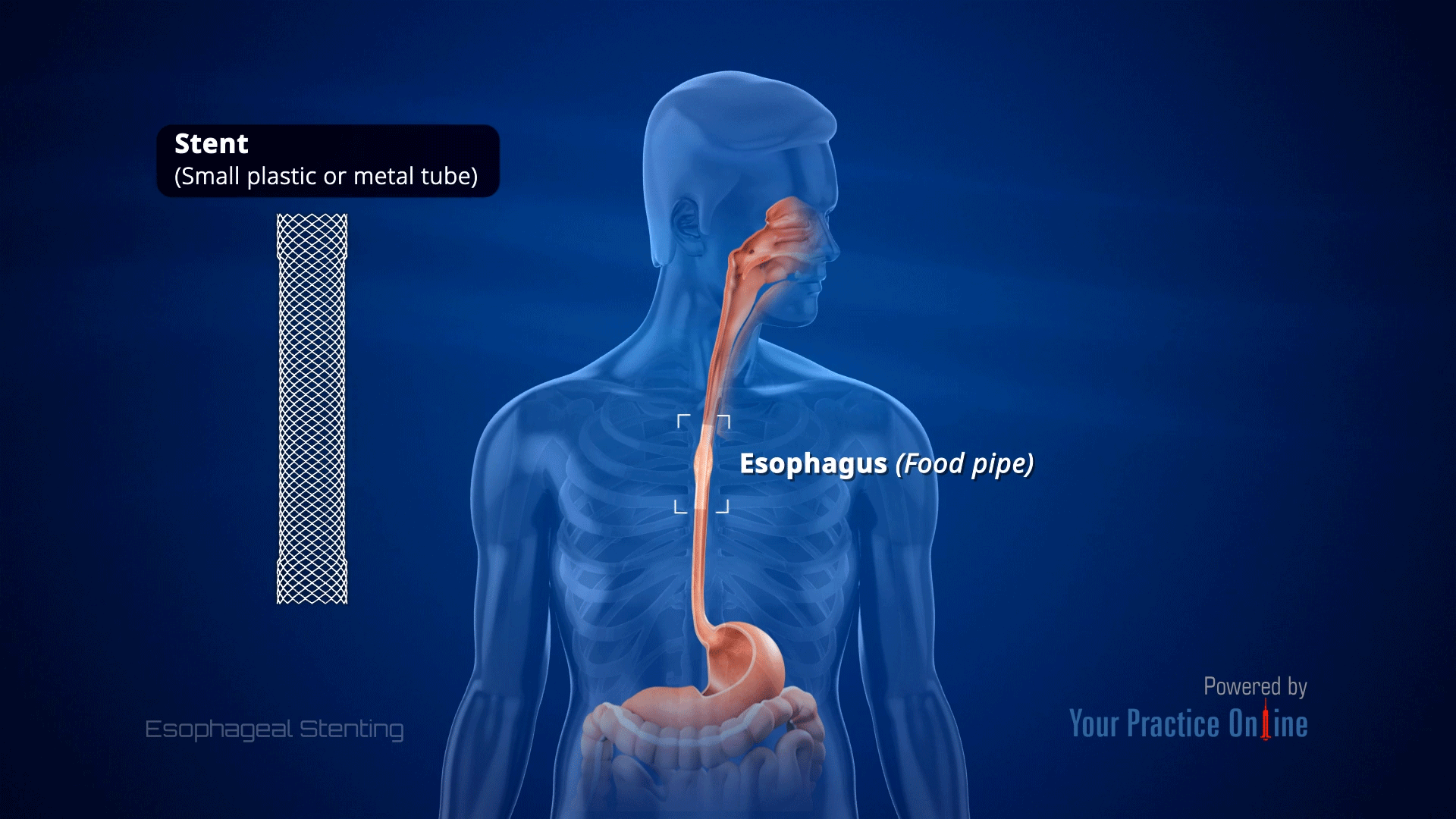Have You Ever Thought About How You Swallow?

Most of us don’t give a second thought to swallowing—until we get that uncomfortable burning in our chest or food feels like it’s stuck. It’s easy to assume that eating is as simple as chewing and letting your stomach do the rest. But there’s a hardworking tube in your body, the esophagus, quietly making sure every bite and sip gets where it needs to go.
Let’s clear up some common misunderstandings and see why taking care of your esophagus matters more than you might think.
What Does Your Esophagus Actually Do?
Think of your esophagus as a moving walkway at the airport. Its main job is to carry food and drinks from your mouth down into your stomach. Every time you swallow, the esophagus uses gentle waves of muscle contractions (called peristalsis) to push everything along smoothly and safely.
This process happens automatically—kind of like a well-trained conveyor belt. If the esophagus is healthy, you don’t even notice it working. But if something goes wrong, eating and drinking can suddenly turn into a painful or stressful event.
3 Esophagus Issues You Shouldn’t Ignore
- Heartburn (Acid Reflux)
Heartburn feels like a burning pain in your chest or throat, usually after eating. It happens when stomach acid backs up into the esophagus. The esophagus isn’t designed to handle acid, so this backwash can irritate or even damage its lining if it happens often. Ignoring frequent heartburn can lead to bigger issues, like inflammation or scarring. - Difficulty Swallowing (Dysphagia)
If swallowing starts to feel hard or food seems to get stuck, it could be dysphagia. This can be caused by inflammation, narrowing (strictures), or even abnormal muscle movements in the esophagus. Left unchecked, you might avoid eating, lose weight, or risk choking. - Esophagitis
Esophagitis is inflammation of the esophagus, often caused by acid reflux, infections, or allergies. You might notice pain with swallowing or chest pain. Without treatment, esophagitis can cause bleeding, ulcers, or permanent narrowing, making eating difficult and uncomfortable.
Esophagus Myths: What’s Fact and What’s Fiction?
- Myth: Heartburn is just a minor annoyance.
Reality: Occasional heartburn isn’t unusual, but frequent heartburn can damage your esophagus. Over time, untreated acid exposure can lead to serious health issues, including precancerous changes. - Myth: Drinking water can “wash down” heartburn.
Reality: Sipping water might bring short-term relief, but it doesn’t stop acid from coming up. Treating the cause—not just the symptom—is key to protecting your esophagus.
6 Easy Ways to Keep Your Esophagus Happy
- Eat Smaller Meals
Large meals put more pressure on your stomach, making it easier for acid to sneak back up. Try eating smaller portions more often to lighten the load on your esophagus and keep digestion smooth. Aim for 4-5 smaller meals a day instead of 2-3 big ones. - Stay Upright After Eating
Gravity helps keep food and acid moving in the right direction. Don’t lie down or recline right after meals; stay upright for at least 2-3 hours. This simple habit makes a big difference in reducing reflux. - Watch Trigger Foods and Drinks
Certain foods—like spicy dishes, fried foods, chocolate, caffeine, and alcohol—can relax the valve at the bottom of your esophagus, allowing acid to escape. Notice what triggers your symptoms, and cut back or avoid those items. Keep a food diary to help spot patterns. - Chew Slowly and Thoroughly
Chewing well breaks food into smaller pieces, making it easier for your esophagus to move it down. Slower eating also helps you notice fullness and prevents overeating. Put your fork down between bites to pace yourself. - Maintain a Healthy Weight
Extra weight, especially around your stomach, increases pressure on your digestive system and can lead to reflux. Regular activity and balanced meals can help you reach and keep a healthy weight, reducing stress on your esophagus. Aim for at least 30 minutes of movement most days of the week. - Don’t Smoke
Smoking weakens the valve that keeps acid in your stomach and can damage the lining of your esophagus. If you smoke, talk to your doctor about ways to quit—it’s one of the best things you can do for your digestive health.
Warning Signs It’s Time to Talk to a Doctor
- Difficulty or Painful Swallowing
If swallowing suddenly becomes hard or hurts, don’t ignore it. This could signal a blockage, severe inflammation, or even early signs of cancer. Waiting can make the problem worse and harder to treat. - Unexplained Weight Loss
Losing weight without trying, especially if you’re also having trouble eating, is a red flag. It could mean your esophagus isn’t working properly, affecting your nutrition and overall health. - Vomiting Blood or Black Stools
Blood in vomit or stools that look black and tarry means there could be bleeding in your esophagus. This is an emergency—get medical help right away to prevent serious complications.
Daily Check-In: Are You Supporting Your Esophagus?
- ☐ I eat smaller meals throughout the day
- ☐ I avoid lying down right after eating
- ☐ I pay attention to foods that trigger symptoms
- ☐ I chew my food slowly and thoroughly
- ☐ I stay active and work toward a healthy weight
- ☐ I avoid smoking and limit alcohol
Your Esophagus, Your Wellbeing: Small Steps, Big Difference
Your esophagus works hard every day, making sure you can enjoy your favorite foods without discomfort. By understanding how it works and giving it the care it deserves, you can prevent many common problems—and enjoy mealtimes again. Remember: small changes, like eating smaller meals and staying upright after eating, can make a big difference in how you feel.
Take charge of your digestive health one step at a time. Your esophagus will thank you—with every comfortable, satisfying swallow.